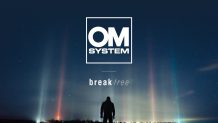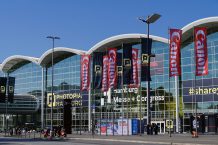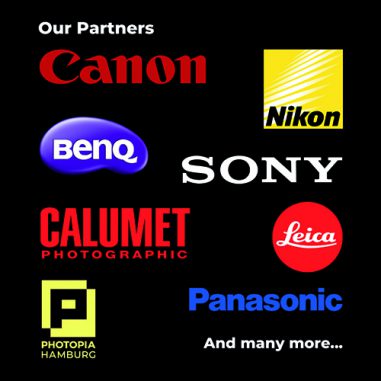Panasonic will assume a charter sponsor role in the raceway’s new green performance program in an agreement that runs through 2015. That initiative will significantly enhance the facility’s existing sustainable practices in its daily business operations, while at the same time communicating a clear message to the raceway’s customer base about the performance benefits of green transportation technologies.
The cooperation with Panasonic also includes the renaming of the Infineon Raceway Technology Center, based in the paddock. It will now be known as the Panasonic Technology Center.
A total of 1,652 of Panasonic’s Sanyo solar panels will be installed at the raceway. Locations include: Turn 10 Sound Wall, Main Grandstand, Jim Russell Racing Drivers School Tech Center, Raceway Café and Infineon Raceway’s main offices. The solar power produced by the new system will provide for 41-percent of the raceway’s overall energy usage.
Much of the installation will be visible by the raceway’s patrons at its major events and will serve as a continuing reminder about sustainability. The installation, which will be handled by REC Solar, begins in January, 2011, and is expected to be completed by April.
The dual-sided, solar powered LED board created by Panasonic will replace the current board, which sits on Highway 37 outside the raceway. The new LED Board will require far less power to operate, making it extremely energy-efficient.
The raceway has long featured a number of off-track sustainable initiatives, including comprehensive recycling and water conservation programs such as waterless urinals. The raceway has been recognized by the State of California for its recycling efforts and received a green business award from Sonoma County.
Infineon Raceway is also taking this effort to the racetrack itself, hosting the first-ever electric motorcycle race on American soil in 2010 with the TTXGP U.S. Championships. The series will return next May as part of the raceway’s West Coast Moto Jam event. Infineon Raceway was also one of the first circuits in the country to employ a hybrid vehicle (Toyota Camry) as the pace car for a NASCAR Sprint Cup Series race. Tenants at the raceway’s industrial park have also embarked on sustainability with low-carbon race technologies.






